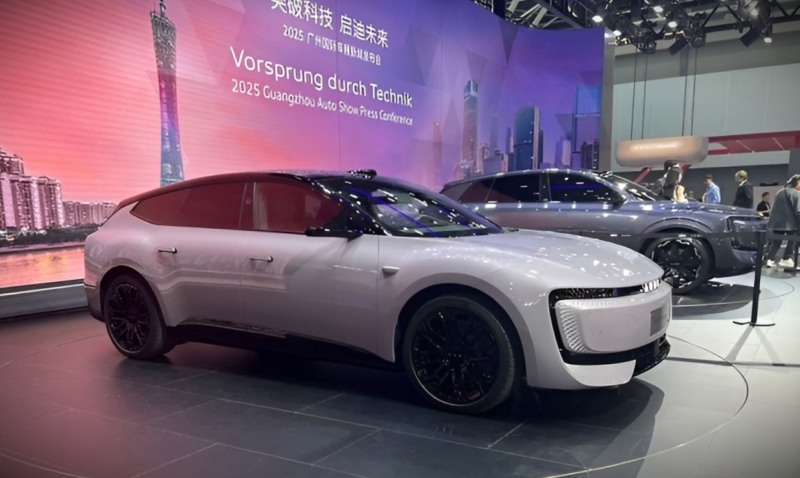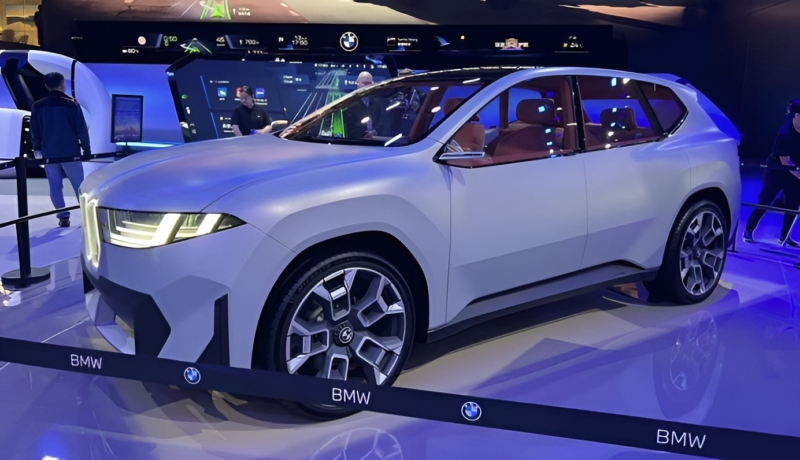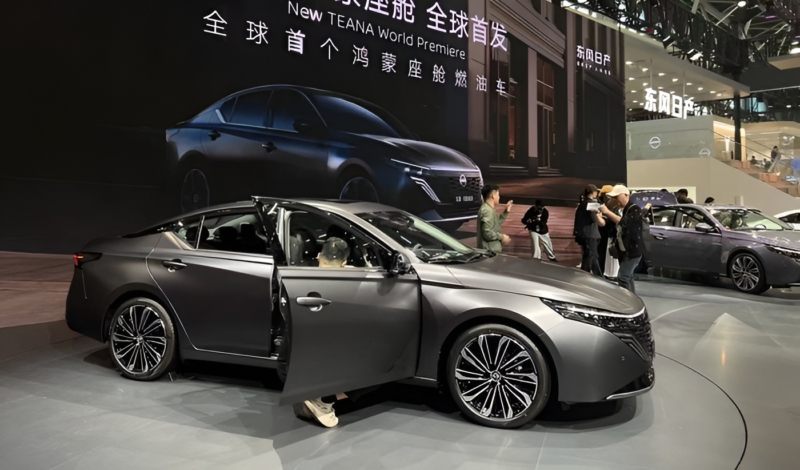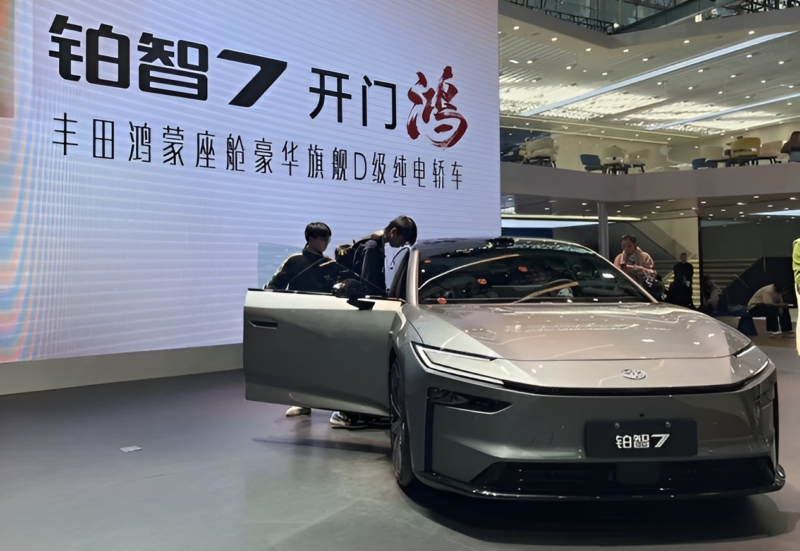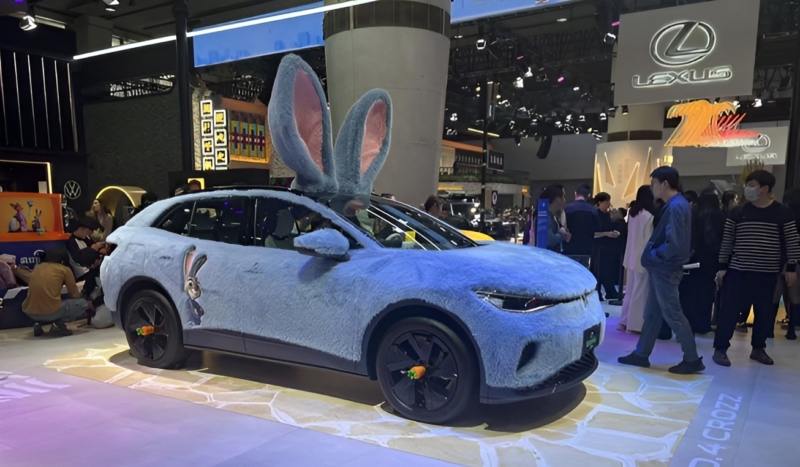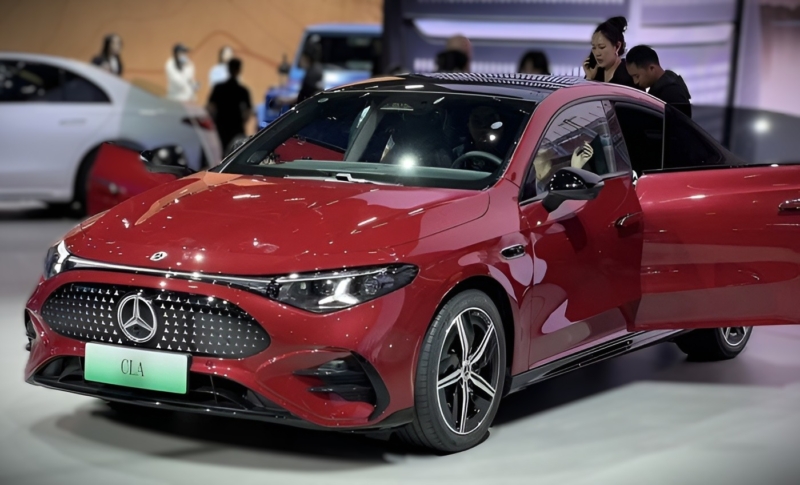Guangzhou Auto Show exposes crisis moment for joint-venture brands as Chinese tech dominates
The 2025 Guangzhou Auto Show has become a real-time stress test for joint-venture automakers in China, exposing how quickly the market has moved beyond their earlier expectations. What was once viewed as a comfortable multi-year window to catch up on electrification is now narrowing sharply, and this year’s event offered a clear snapshot of who is adapting and who is falling behind.
Although exhibitor numbers declined and many new models were announced before the show opened on November 21, the event still drew 1,085 vehicles, including 629 new-energy models, which accounted for nearly 58 per cent of all exhibits. A noticeable absence underscored the growing dominance of electrification: the luxury pavilion was cancelled after several ultra-luxury brands withdrew. Imported vehicle sales dropped to around 360,000 units in the first three quarters of 2025, down about 32 per cent year-on-year, with high-end brands seeing the steepest declines, Sina reported.
Many joint-venture brands are turning to China’s technology ecosystem for rapid product upgrades. Toyota and Nissan promoted HarmonyOS-based cockpits as central features of their latest models. Toyota positioned the BZ7 as a HarmonyOS-equipped electric flagship, while Nissan called the Teana the world’s first HarmonyOS fuel model. Buick announced plans for a new 900V high-voltage platform, 6C battery technology, and a multimodal driving system built with Momenta.
Integrating Chinese suppliers helps overseas brands address slow iteration and cost pressures, though it also raises questions about long-term differentiation as more technology is sourced externally. With Huawei expanding its automotive ecosystem and Chinese brands highlighting “pure Chinese tech” positioning, foreign joint ventures face the challenge of retaining recognizable brand value.
Some automakers are responding by combining local technology with their own long-established design and engineering principles. BMW previewed its next-generation iX3, featuring driving-assistance solutions co-developed with Momenta and a new cockpit designed by its China R&D team. Mercedes showcased the China-specific all-electric CLA and the AMG GT XX concept, which uses three axial-flux motors, a quaternary battery with direct cooling, and an 800V architecture.
Volkswagen emphasized system reliability through its China E-architecture, which reduces the number of control units by about 30 per cent while improving safety and performance. Audi’s two joint ventures both highlighted deeper localisation, with SAIC-Audi integrating Momenta and Huawei technology into upcoming models while still emphasising traditional Audi driving and design features.
Marketing approaches are shifting as well. Lexus launched a Guangdong-focused ES300h, while other joint-ventures used entertainment IP collaborations to attract attention, including Zootopia-themed display models.
The competitive backdrop remains challenging. From 2020 to 2024, as China’s new-energy penetration rose from roughly 5.8 per cent to 56 per cent, joint-venture brands saw their market share fall from nearly 60 per cent to 34.8 per cent. In early 2025, their share stabilized slightly above 35 per cent, but the nature of competition is changing. With subsidies fading and EVs and fuel vehicles competing directly, the market has shifted from “price war” to “value war,” placing greater emphasis on software depth, supply-chain capability, and long-term product competitiveness.
The Guangzhou Auto Show made clear that China is no longer just a significant sales base for foreign joint ventures but also a proving ground where rapid iteration and localisation are mandatory. Whether these brands can rebuild distinct value while depending more heavily on local technology may define their position in China’s next competitive cycle.
